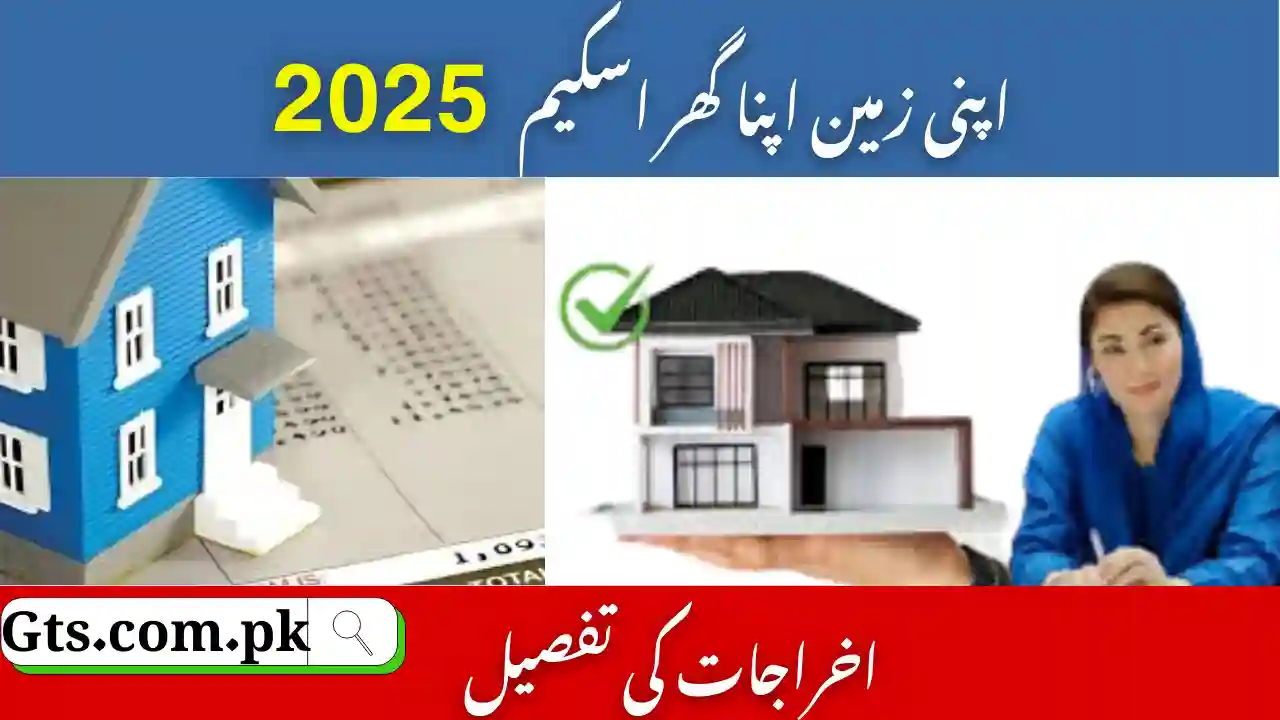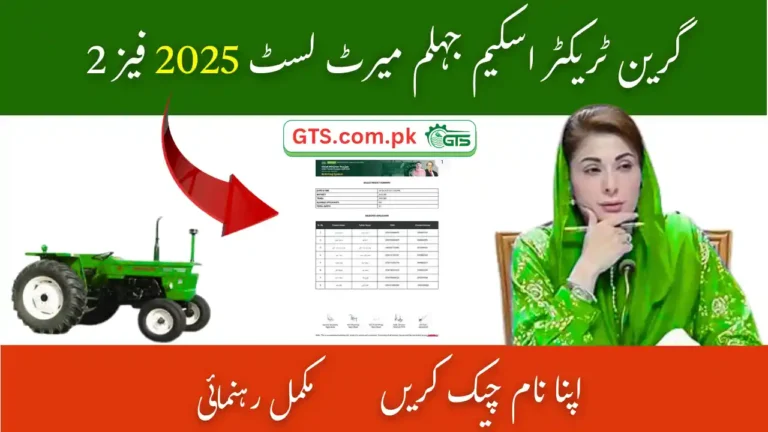How Free Are Plots Apni Zameen Apna Ghar Understanding Costs
How Free Are Plots Apni Zameen Apna Ghar Understanding Costs has generated immense curiosity among aspiring homeowners in Pakistan. Advertisements often highlight “free plots,” affordable housing, and government-supported initiatives. But how free are these plots in reality? Is the offer genuinely cost-free, or do hidden charges, development costs, and eligibility criteria make ownership more complex?
In this article, we will break down the true costs of Apni Zameen Apna Ghar plots, explore the hidden financial layers, and provide clarity for buyers seeking affordable housing.
What Is Apni Zameen Apna Ghar Scheme?
The How Free Are Plots Apni Zameen Apna Ghar Understanding Costs is part of a larger vision to provide affordable housing options for middle- and low-income families. The program promises:
- Residential plots in developing housing societies.
- Government-supported financing options.
- Subsidized costs for eligible participants.
- Focus on urban and semi-urban areas to meet the demand for affordable living.
At first glance, this looks like a golden opportunity. However, “free” in real estate rarely means zero financial responsibility.
Read Also: Green Tractor Scheme Depalpur Merit List 2025 Phase 2
Are Plots Really Free in Apni Zameen Apna Ghar?
When promotional material mentions free plots, it generally refers to reduced upfront charges or subsidized land costs. In reality:
- Plot Allocation May Have Fees – Applicants often need to pay a registration or application fee.
- Development Charges Apply – Roads, sewerage, and infrastructure are not included in the so-called “free” cost.
- Possession Charges – Before taking full control, additional payments may be required.
- Government Subsidy Is Partial – Only a portion of the cost is waived or financed; buyers still bear responsibility.
So while the land itself might be heavily subsidized, calling it “free” is misleading.
Breakdown of Costs in Apni Zameen Apna Ghar Scheme
To truly understand the financial burden, let’s explore key costs that participants must bear:
1. Application & Processing Fees
- A nominal fee is usually required to apply.
- Non-refundable, even if the applicant is not selected.
2. Plot Price or Subsidized Rate
- Some schemes offer partial payment plans instead of full cost waivers.
- Installments may be spread over several years.
3. Development Charges
- Roads, electricity, water, and sewage connections are charged separately.
- These can sometimes be as expensive as the land itself.
4. Transfer & Documentation Fees
- Transfer of ownership, registry, and mutation charges add up.
- Stamp duty and other legal expenses must be paid.
5. Possession Charges
- Final step before moving in.
- Includes clearance of all outstanding dues.
Who Is Eligible for Free or Subsidized Plots?
The government prioritizes:
- Low-income families with no prior land ownership.
- Salaried individuals in lower income brackets.
- Widows, orphans, and special quota applicants (in some cases).
Eligibility verification ensures that only those in real need get subsidized housing, but it also limits availability.
Hidden Costs Homeowners Must Consider
Even after acquiring a “free” or subsidized plot, new homeowners face hidden expenses:
- Construction costs (which are not covered by the scheme).
- Approval fees for house maps.
- Utility connection charges (electricity, water, gas).
- Maintenance costs in society-based projects.
Thus, while the land may be subsidized, the journey to a livable home requires significant financial planning.
Read Also: Green Tractor Scheme Tamewali Merit List 2025 Phase 2
Comparing “Free Plots” with Private Housing Societies
Many people wonder whether it is better to go for government housing or private societies.
| Factor | Apni Zameen Apna Ghar | Private Housing Society |
|---|---|---|
| Initial Cost | Subsidized / Reduced | High upfront payment |
| Development | May be delayed | Usually faster (if reputable) |
| Legal Security | Government-backed | Depends on NOC approval |
| Hidden Costs | Development + utilities | Development + utilities |
| Accessibility | Limited to eligible citizens | Open to anyone with money |
The scheme is safer in terms of legal ownership, but private societies may deliver quicker possession if backed by strong developers.
Pros and Cons of Apni Zameen Apna Ghar Plots
✅ Pros:
- Affordable entry into land ownership.
- Government backing ensures credibility.
- Subsidized financial structure.
- Beneficial for first-time homeowners.
❌ Cons:
- Misleading “free” tag hides real costs.
- Development delays are common.
- Limited quota, leading to high competition.
- Long-term financial burden through installments and charges.
Key Tips for Applicants
- Read the Fine Print – Don’t rely only on advertisements.
- Budget Beyond Land Cost – Always plan for development, construction, and utilities.
- Verify Documents – Ensure allocation letters and registry are legitimate.
- Be Patient – Government projects often face delays.
- Compare Alternatives – Sometimes private societies or financing may be more practical.
Conclusion: How Free Are Apni Zameen Apna Ghar Plots?
The truth is, How Free Are Plots Apni Zameen Apna Ghar Understanding Costs are not 100% free. Instead, they are heavily subsidized with reduced upfront costs, but development, possession, and construction expenses still fall on the buyer.
For those who understand the financial structure and are prepared for long-term commitments, the scheme can be an excellent stepping stone toward affordable homeownership. But it’s vital to recognize that “free plots” come with strings attached—mainly in the form of hidden or delayed costs.
FAQs How Free Are Plots Apni Zameen Apna Ghar Understanding Costs 2025:
Q1: Are Apni Zameen Apna Ghar plots completely free?
No, they are subsidized. Buyers still pay development charges, transfer fees, and construction costs.
Q2: Who can apply for Apni Zameen Apna Ghar?
Primarily low-income families, salaried individuals with limited resources, and special groups under government quotas.
Q3: What hidden costs should I prepare for?
Development charges, possession fees, construction costs, and utility connections.
Q4: Is it better than buying in a private housing society?
It depends. Government schemes are safer legally, but private societies may offer faster development at higher costs.
Q5: Can I sell my plot later?
Yes, but resale may be restricted until certain conditions (like full payment or possession) are met.







